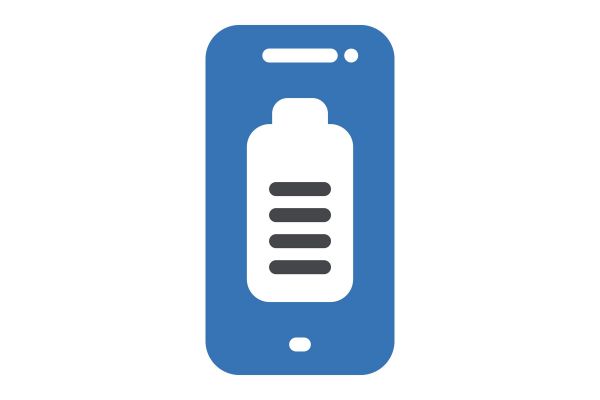We store just about everything on our iPhones: family photos, movies, music libraries, you name it. Thats why its important to make sure you dont run out of space. Apple made that a bit easier in 2021 by boosting the iPhone 13s default storage option up to 128GB from 64GB. But for those who need more space or have a lower-capacity model, youll want to make the most of your iPhones storage space.
The best way to save local storage is to invest in a cloud storage service like Apples iCloud, Google Drive, Box or Dropbox to offload some of your files. But there are also a few settings you can tweak to make sure youre using your iPhones storage capacity to its fullest.
How to Delete Other Storage on Your iPhone
Do Widgets Take Up Storage?
Widgets can take up some storage space on your phone or other device. Simply put, they need to have some files installed on your phone in order to do the jobs you want them to do. You should see them along with all of your other programs listed in the ‘Applications’ subsection of your phone’s storage. Can You Use Your Phone if Disconnec…
To view this video please enable JavaScript, and consider upgrading to a web browser that supports HTML5 video
From here, you can also see just how much space they need in order to operate effectively. Another thing to keep in mind is the system memory that they use. This is also something you can view when you open them in the app screen.
You should see data related to how much memory the widget has used since the last refresh or charge cycle. Having all of the memory taken up is another thing that might cause your phone to seem like it is performing poorly, too.

Can Widgets Make a Phone Slower?
Widgets have the potential to slow down your phone. However, it isn’t necessarily a given that they will do so. Whether they make your phone slower can depend on a few factors. First, how many widgets you have added to your home screen could be something to consider.
If your phone needs to display several widgets, particularly those that rely heavily on graphics to show data, you might notice some negative impact on the device’s performance. If so, you can try to decrease the overall number of widgets you’ve dedicated to the home screen. Once done, you may wish to restart the phone to see if there is any noticeable improvement.
The other major factor to keep in mind is in what the widgets do, and it is important to pay particular regard to how they do it. A widget that is local to the phone should not have any noticeable impact on the device’s performance or speed.
However, most widgets are not local, meaning that they need to ping the internet regularly in order to check for information they might want to update for you. In doing this, they use more system resources and memory than local widgets.
Therefore, if you have several of these widgets that each send out their own pings to the internet quite often, you may notice some decrease in the performance of your phone. You can try decreasing the number of these sorts of widgets on your screen, or you may be able to set how often each one checks for new information on the internet.
What’s the Difference Between Apps and Widgets?
Apps and widgets share some similarities, and you may hear some people refer to widgets as “apps” simply out of convenience. Although they are related, the two things are different, and they are not technically interchangeable.
You probably know that “app” is just shorthand for application. An application is a specific type of program, but not all programs are necessarily applications. A standard program is something that will help your device perform tasks or execute commands, usually as a direct way to benefit you.
An application helps you as the device user perform specific activities. Once again, programs and apps are related and quite similar, but they are not exact copies of each other. Apps and widgets work along the same lines.
Widgets are like applications that remain in an active state on your home screen. They are always on, updating information as needed in order to show you basic, more concentrated data. It is good to remember that your home screen can have multiple panels on it, and each panel can have different widgets that are all active and pulling data at the same time.
While some of your applications could remain active in the background, you can close these by going to the appropriate window and swiping them to the side. Furthermore, even apps that are running in the background don’t tend to use their full functionality. Widgets do stay on and active when you have them up.
In most cases, they will work with parent apps to pull more specific data, and they will then display that focused data for your convenience. They do all of this without the need for you to open an app at all, and that is their main difference from applications.
https://www.imore.com/sites/imore.com/files/styles/large_wm_blw/public/field/image/2018/10/iphone-storage-iphone-xs.jpeg
